Nestled along the winding Vltava River, Prague stands as one of Europe’s most enchanting cities. Its skyline, dotted with Gothic spires and Baroque domes, tells a story of centuries past while its vibrant streets pulse with modern energy. Unlike many European capitals that have been reshaped by war or rapid modernization, Prague retains an almost untouched medieval charm, earning it the nickname "the City of a Hundred Spires." Visitors often find themselves lost in its labyrinth of cobblestone alleys, where every corner reveals a new architectural marvel or a hidden café steeped in history.
The city’s historical core, a UNESCO World Heritage Site, is a living museum. The Old Town Square, with its famed Astronomical Clock, has been the heart of Prague since the 10th century. Every hour, crowds gather to watch the clock’s mechanical procession of apostles, a spectacle that has played out since 1410. Nearby, the Charles Bridge, adorned with statues of saints, connects the Old Town to the Lesser Quarter. Walking across this 14th-century bridge at dawn, when the mist rises from the river and the crowds have yet to arrive, feels like stepping into a painting.
Prague’s identity is deeply tied to its resilience. The city survived the Habsburg monarchy, Nazi occupation, and Communist rule, each era leaving subtle marks on its culture. The Czech people’s quiet defiance during these periods is reflected in their love for humor and art. The Lennon Wall, once a simple barrier, became a symbol of resistance during the 1980s, covered in John Lennon-inspired graffiti and messages of peace. Today, it continues to evolve as visitors add their own colorful tributes.
Beyond its historical allure, Prague thrives as a cultural hub. The city’s classical music tradition is legendary—Mozart premiered "Don Giovanni" here, and Dvořák’s melodies echo in concert halls year-round. Yet Prague also embraces contemporary creativity. Its avant-garde theater scene, exemplified by the Black Light Theatre, blends illusion and drama, while modern galleries showcase Czech artists pushing boundaries. The DOX Centre for Contemporary Art, housed in a repurposed factory, challenges visitors with thought-provoking exhibitions.
Food and drink are inseparable from the Prague experience. Traditional taverns, known as hospodas, serve hearty Czech fare like svíčková (marinated beef with cream sauce) and knedlíky (dumplings). Beer culture reigns supreme—the Czechs consume more beer per capita than any other nation, and Prague’s pubs range from ancient cellars to trendy microbreweries. A pint of Pilsner Urquell, poured with its perfect creamy head, is a rite of passage for visitors.
What truly sets Prague apart is its atmosphere. Unlike the hurried pace of Paris or London, the city invites lingering. An afternoon spent in a riverside café, watching swans glide by, or an evening wandering the lantern-lit streets of Malá Strana, reveals its magic. Prague doesn’t dazzle with overt grandeur; it whispers its beauty through golden light on medieval stones, through the melodies of street musicians, through the warmth of its people. It’s a city that stays with you long after you’ve left—a timeless dream etched in stone and memory.
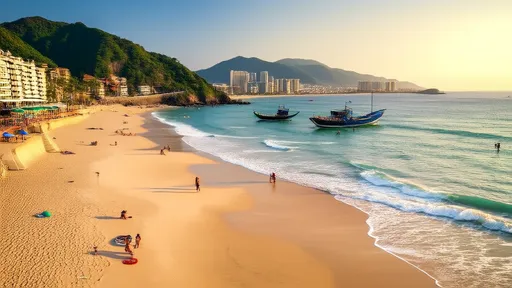
By /Jun 9, 2025
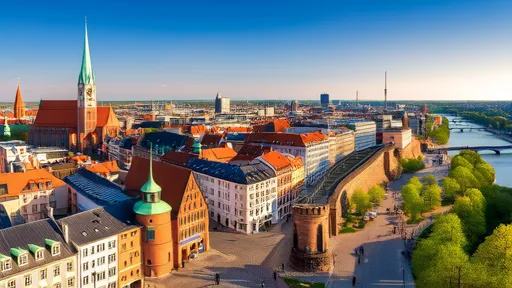
By /Jun 9, 2025

By /Jun 9, 2025
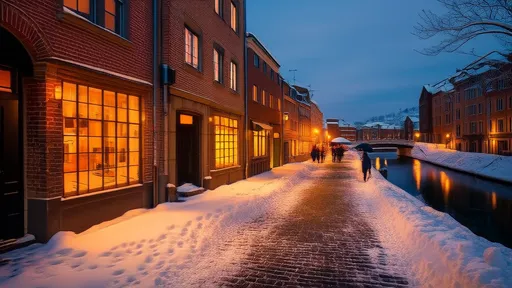
By /Jun 9, 2025
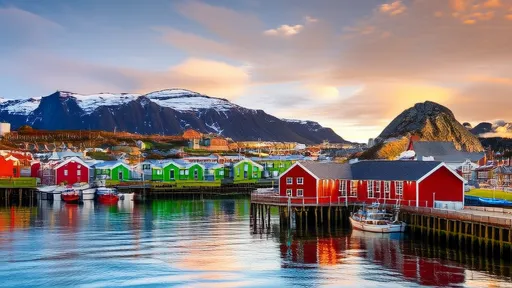
By /Jun 9, 2025
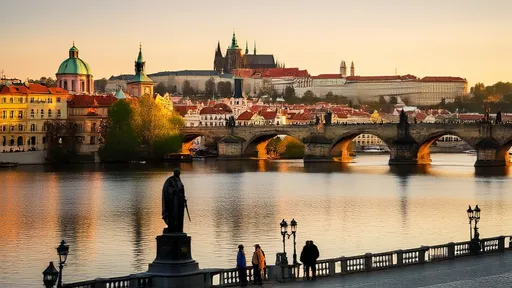
By /Jun 9, 2025
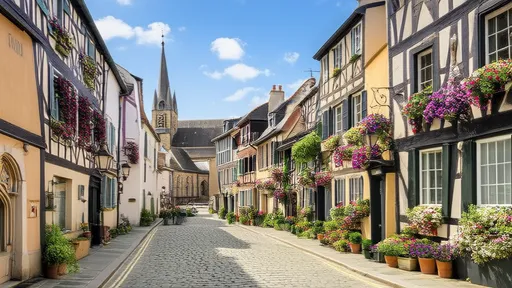
By /Jun 9, 2025

By /Jun 9, 2025
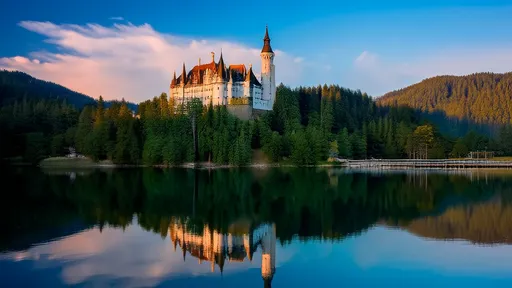
By /Jun 9, 2025

By /Jun 9, 2025
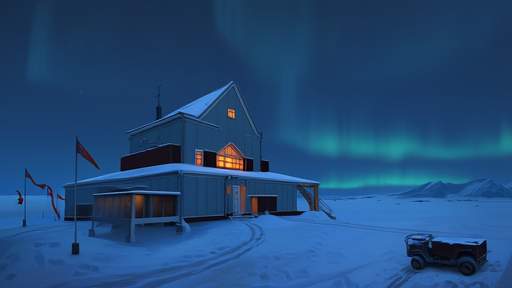
By /Jun 5, 2025
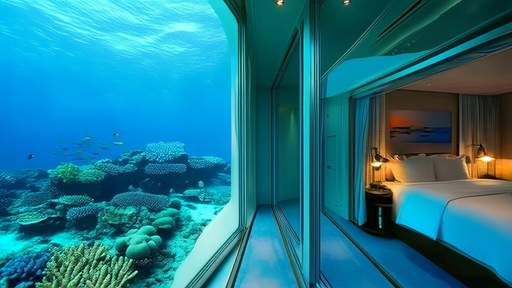
By /Jun 5, 2025
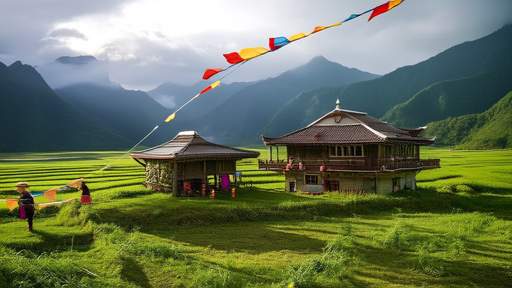
By /Jun 5, 2025

By /Jun 5, 2025
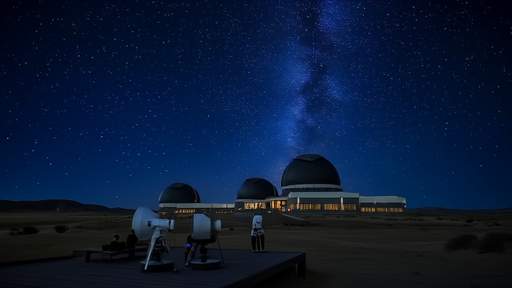
By /Jun 5, 2025

By /Jun 5, 2025
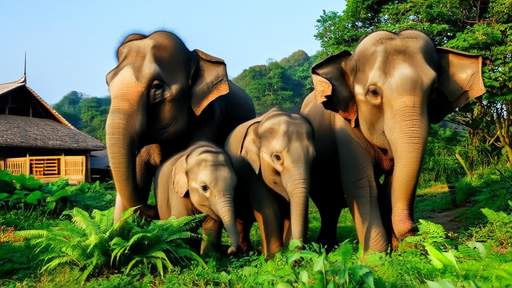
By /Jun 5, 2025

By /Jun 5, 2025
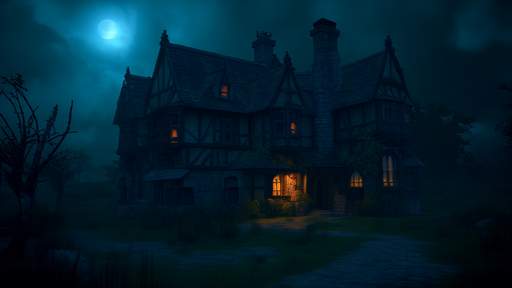
By /Jun 5, 2025